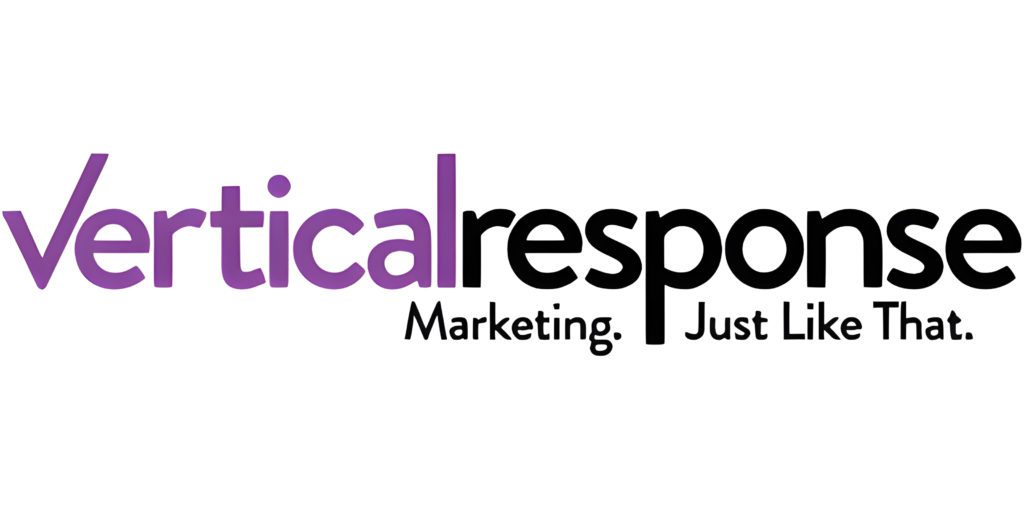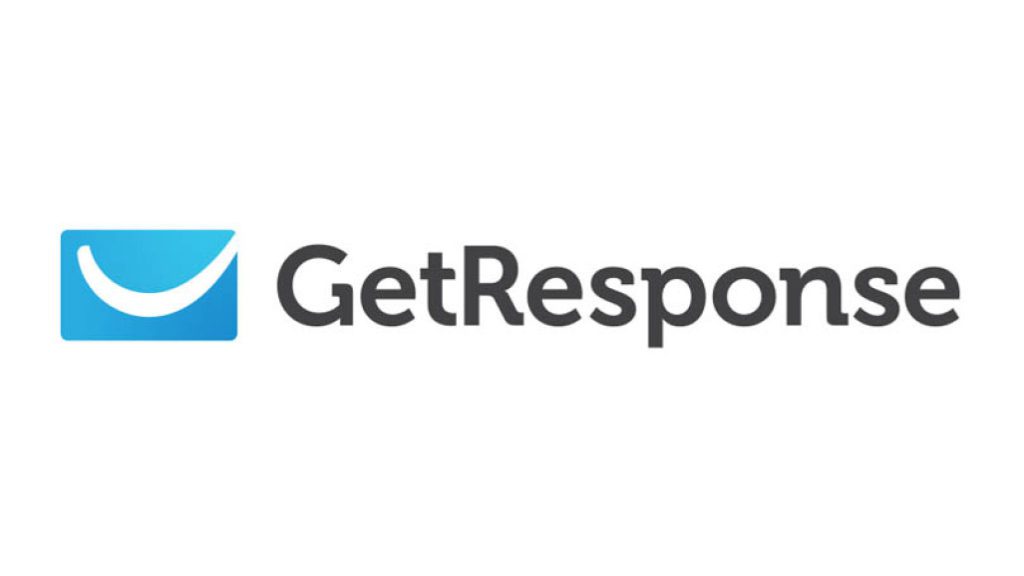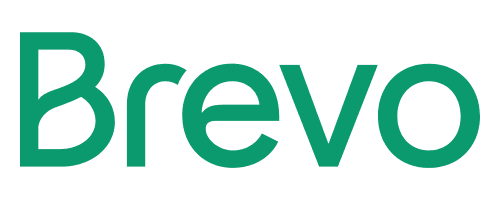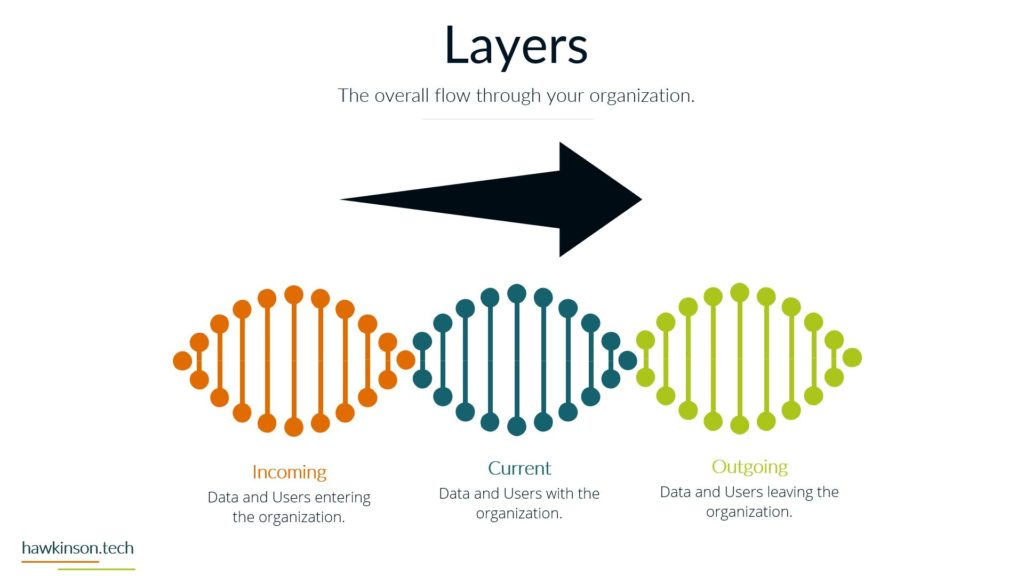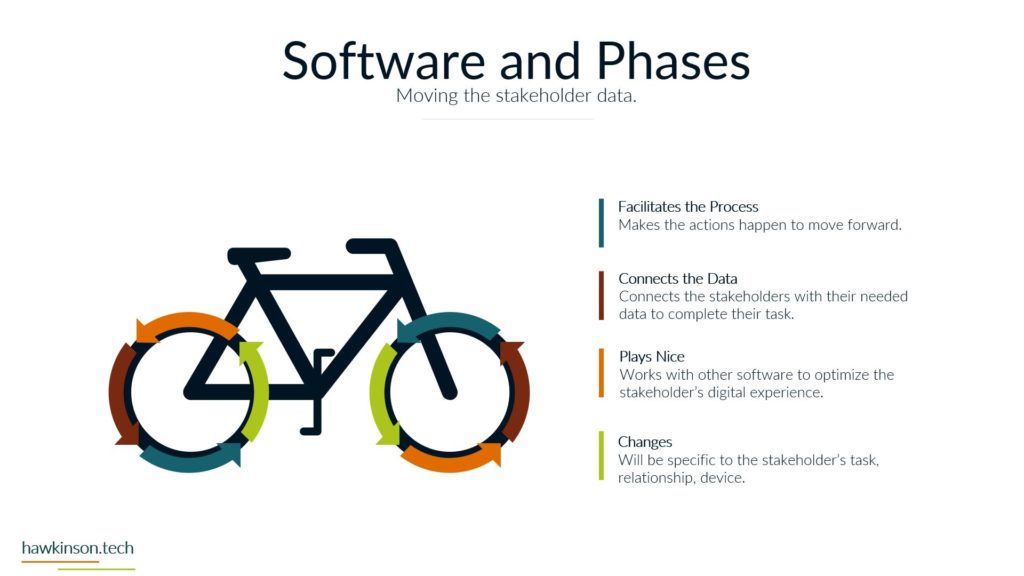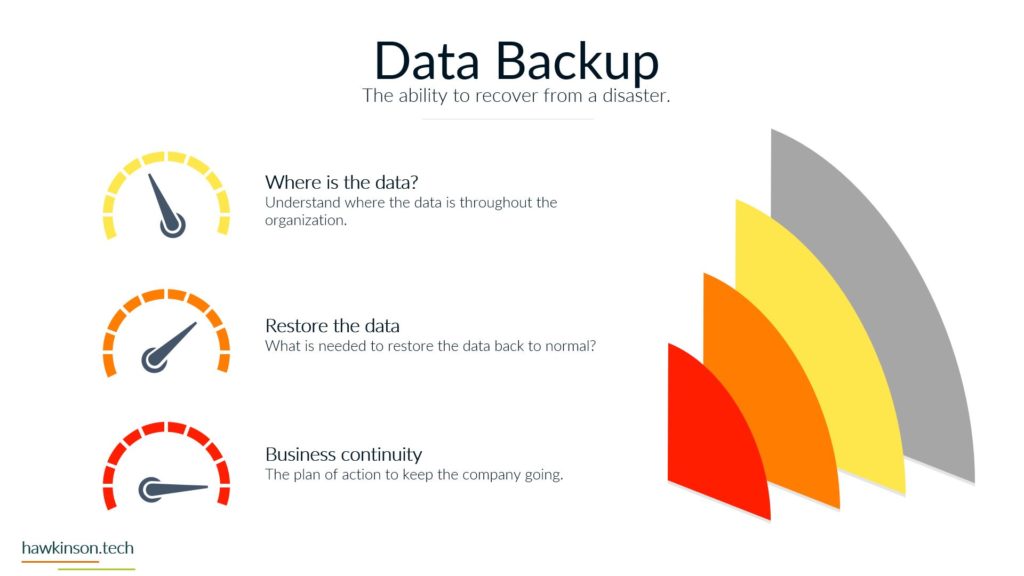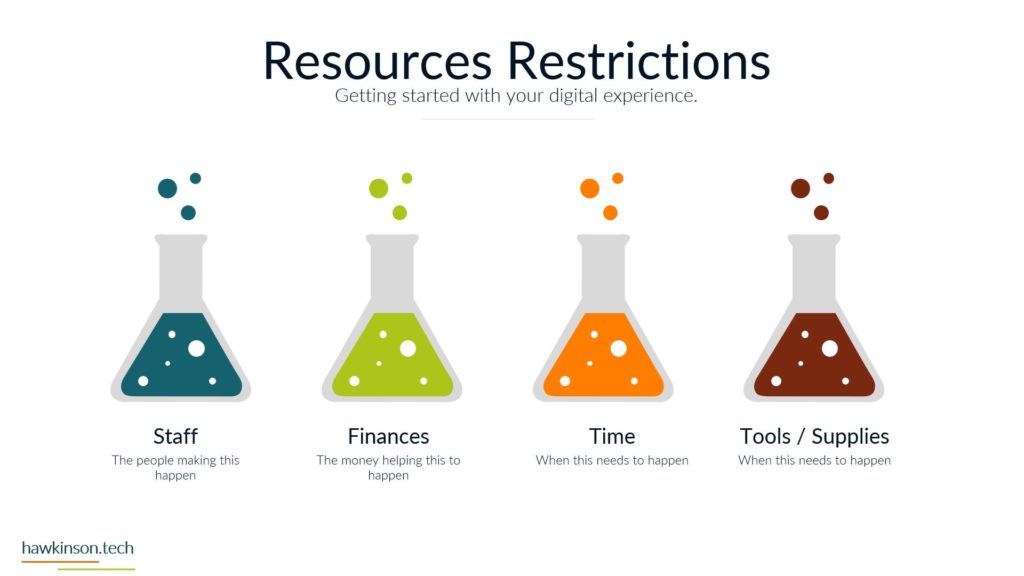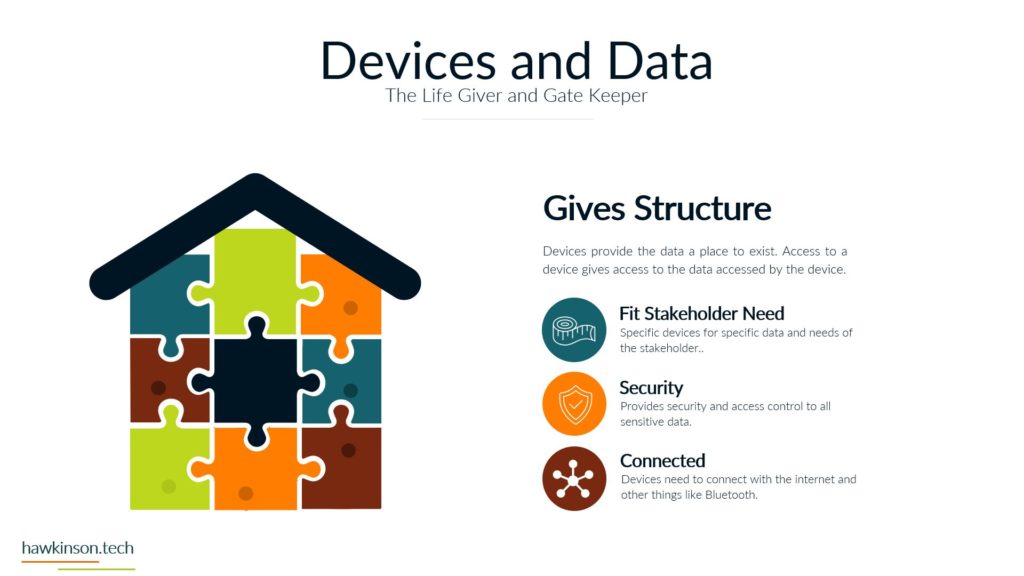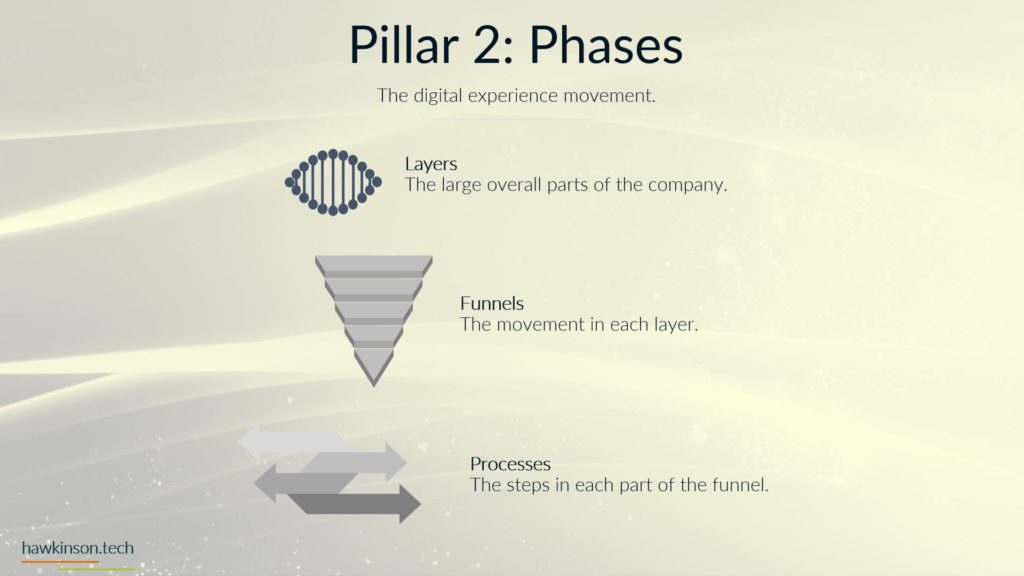With over 43% of websites powered by WordPress, the platform has integrated itself into one of the essential tools to have for businesses. Most business owners struggle with creating a business website mainly because of their lack of knowledge and the expense of hiring a professional to do it for them. However, WordPress managed hosting providers have allowed business owners to end the struggle.
Below, we discuss some of the essential things to know about WordPress managed hostings and list some of the top providers in the industry. Read below to learn everything you need about WordPress managed hosting providers.
What is WordPress Managed Hosting?
Business owners already have their hands full with running the business, developing strategies for business growth, and other business essentials. They do not have the time or mental capacity to deal with the website. Hence, web hosting providers aim to take the burden of handling the website off the shoulders of the owner.
Web hosting providers are specialists that manage any server-related responsibilities, including installing backups, updating, checks, and more. Essentially, a host knowledgeable and skilled in the field hosts the website. By doing so, web hosting providers help optimize the site for speed, performance, and security.
Due to the popularity of WordPress, web hosting providers chose to specialize in the tool to garner more attention from clients. WordPress managed hosting providers offer platforms for businesses to hand over the tedious and time-consuming effort of handling the platform themselves. Such providers are popular with small businesses because they are experts in WordPress that can provide better support to their businesses.
Benefits of WordPress Managed Hosting Providers
Many businesses hesitate to use hosting providers, mainly because they are unaware of the many advantages they provide. Below are some of the many benefits you can expect from managed hosting providers.
- Performance: Managed hosting servers are built to improve speed and performance. This allows your sites to load, helping you gather more visitors. Since 53% of mobile users abandon pages that take more than three seconds to load, this gives you an edge over your competitors.
- Security: Website security is an essential part of creating a website that requires a knowledgeable and skilled worker. Hosting providers help integrate security solutions, including SSL certificates, firewalls, and checks to keep your website and clients safe from malicious attacks. Moreover, they provide backup in case something goes wrong.
- Expert Support: Running a website and a CMS requires considerable knowledge to work efficiently. WordPress managed hosting providers are experts in the niche and can take care of every factor of the platform. They also provide chat and call support to help you.
- Website Management: hosting providers offer routine updates on your website performance so you can easily manage your business site instead of spending hours on the platform gathering data.
- Scalability: hosting provider services are geared towards being able to withstand traffic spikes for big and small businesses. As some offer SEO tools to help optimize your site and attract visitors, they also ensure that your website can handle visitors without a problem.
Best WordPress Managed Hosting Providers
Below is a list of the top X WordPress Managed Hosting Providers.
1. Bluehost
Bluehost is a managed hosting provider that WordPress recommends as the best. It offers many hosting services, including free SSL encryption, backups, and malware removal. Moreover, Bluehost provides 20+ GB storage, free CDN, a firewall, and Jetpack analytics. Moreover, it also integrated SEO tools to help with small business marketing strategies.
These marketing strategies include social media tools and e-marketing features. Moreover, the pro version of the hosting provider offers an unlimited number of websites and domain names. Additionally, you can get a one-hour concierge call with a WordPress professional to help set up your existing site on Bluehost.
2. WP Engine
WP Engine is one of the best WordPress managed hosting providers available. It offers reliable hosting, SSL certificate, daily backups and updates, firewalls, and more. Moreover, WP Engine offers real-time analytics and GeoTargeting so you can assess your website’s performance.
WP Engine is best for websites with an influx of traffic as it offers excellent scalability. Moreover, you can use their 24/7 chat and phone support for any help. It offers free access to the Genesis Framework and more than 35 StuudiPress themes. You get a free CDN that can help you reduce website loading time and stay steps ahead of competitors.
3. SiteGround
One of the highly-rated and most used WordPress managed hosting providers is SiteGround, with over 2.8 million currently hosted on the domain. With features like one-click staging, SSL integration, Cloudflare CDN, and regular updates, there is no one it is so popular.
Moreover, SiteGround is perfect for eCommerce business websites as it offers free PCI compliance. Even if you have a site up and running, SiteGround offers free website migration. Moreover, it is one of the least costly hosting providers available and is perfect for people who aren’t as tech-savvy as others.
Like Bluehost, SiteGround is also one of the hosting providers recommended by WordPress. SiteGround also provides developers with Git integration, staging, and SSD drivers. You can also host multiple websites on a single account with 24/7 chat, phone support, and free backup.
4. Kinsta
While Kinsta can not fall on our list of the least costly WordPress managed hosting providers, it certainly falls on our list of the best. Kinsta offers one of the best hosting packages on the market and is popular with big brands with high-traffic websites.
Kinsta is powered by the Google Cloud platform, making it more secure and fast than others. Moreover, it offers regular updates, CDN, daily checks, hack fixes, and an MYSQL database
5. Hostinger
Hostinger is a widely popular web hosting provider that offers excellent WordPress managed hosting. Part of Hostinger’s popularity is its user-friendly interface and one-click WordPress installation. Moreover, it provides various features such as WordPress performance plugins, regular updates, eCommerce optimization, DDoS protection, and expert chat and phone support.
Moreover, Hostinger is one of the market’s least costly web hosting providers that offers a low renewal cost. Thanks to its LiteSpeed web servers, the hosting provider offers a significant speed boost with unlimited bandwidth and more than a hundred sites (based on your package).
Hostinger also offers free google ads credit on signing up, which can help with digital business marketing and promotion.
Choosing a WordPress Managed Hosting Provider
The first thing to remember is that there is no right hosting provider for each type of business and user. Hence, your business and requirements decide which managed hosting provider is the best for you.
Before choosing one of the WordPress managed hosting providers, consider the following:
- Speed and performance: pick a host that offers high page loading speeds.
- Reliability: do they offer real-time updates and troubleshooting, reducing your engagement in WordPress?
- Features: what features do they offer, and how can these features help with the business transformation to a better one?
- Cost: if the cost is too high, especially for new businesses, or if a provider offers the same features at a lower price.
- Security: pick a host that offers multiple levels of security, including SSL, firewall, malware checks, and backups.
- Support: one of the main factors to consider when choosing hosting providers is that the support consists of experts in WordPress.
To Sum Up
WordPress managed hosting providers offer business owners much-needed relief from the burden of running a website and a business simultaneously. However, it is essential to choose a site hosting provider that offers features to your requirements as is within your budget. While people already knowledgeable in WordPress do not require such hosting services, business owners who excel at their niche can get some help.











